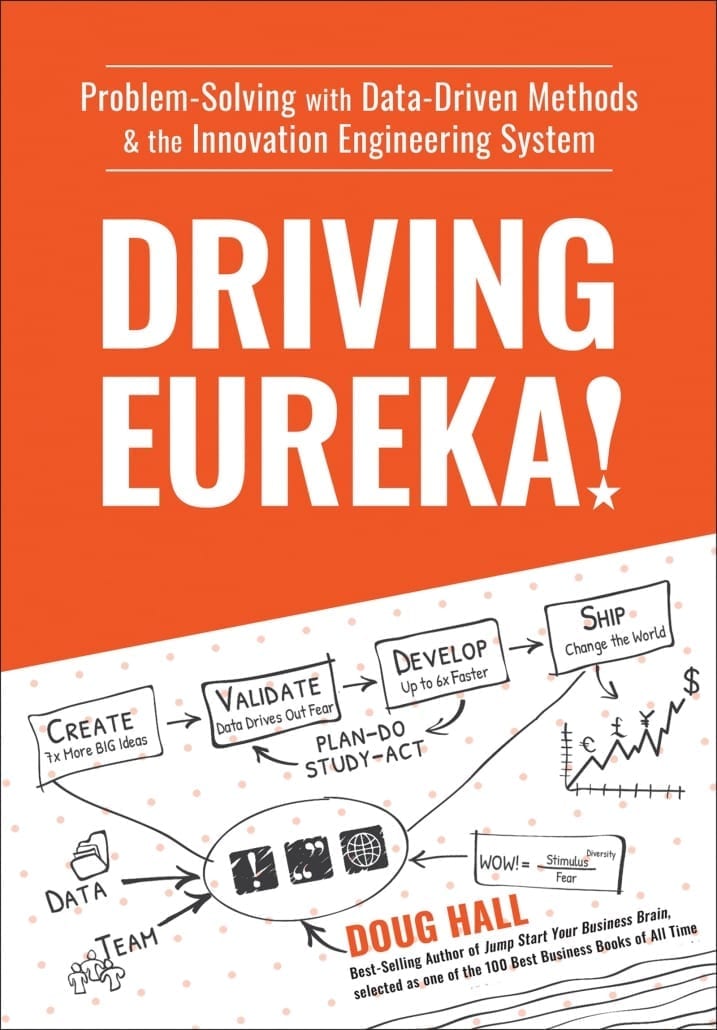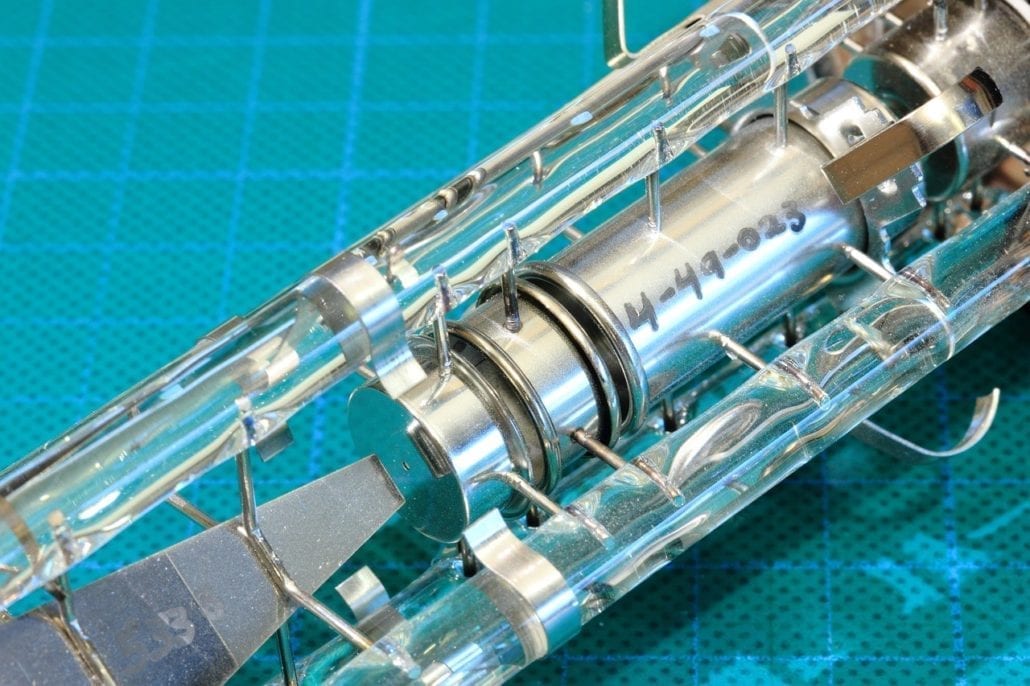News Flash: Innovation Is No Longer Just a Specialist’s Job. Now Here’s How to Involve Your Whole Workforce Instead

Most innovation methods don’t actually result in innovative solutions. Research finds that just 5 to 15 percent of innovations are successful at large companies. Most business leaders would have greater odds of success if they went to a Las Vegas casino and gambled their innovation investment on one big bet. But companies pursuing innovation as their core business strategy realize 50 to 100 percent higher profit margins than those who pursue low cost, high quality and fast delivery strategies, or simply doing whatever the customer says.
Yet now, with Innovation Engineering – a data-driven, reliable system for creating fresh ideas and successfully turning them into reality – companies can transform innovation from a random act to a reliable science. Innovation Engineering is validated in real-world practice, and has been the launch pad for more than $16 billion in growth and system improvement projects.
Every existing innovation program preaches the importance of embracing a childlike, creative spirit. This works for the 15 percent of the work population who have a right brain creative thinking style. But it doesn’t work for the 85 percent with a logical left-brain thinking style. And without the 85 percent who are logical, there’s virtually no chance a meaningfully unique innovation will become reality. Left brainers are critical to accomplishing the engineering, finance, production and operational work that’s required to make meaningful change happen.
Innovation Engineering methods and tools are designed to engage both left and right brain thinkers. Projects are focused with clear, motivating strategic missions that speak to both project vision and boundaries. The result is an unleashing of a culture of “whole brain” thinking.
The following are some of the essential practices of Innovation Engineering:
1. Create systems that enable instead of control. The word “system,” especially in connection with innovation, creates a vision of being controlled, constrained and restricted. That’s not the purpose of Innovation Engineering. It’s a system designed to enable innovation by everyone. Dr. W. Edwards Deming, a renowned systems specialist, observed: “Ninety-four percent of problems are caused by the system — 6 percent by the workers.” In fact, 99 percent of companies have no system for innovation. Often, leaders don’t believe the people in their organization can innovate, or they blame their people for a lack of innovation. In fact, the problem lies in their lack of an embedded innovation system. A new mindset is needed to embrace the discovery of ideas, methods and tools for working smarter.
2. Generate a multitude of ideas to end up a big idea. Invite teams of workers to free-associate around a problem or challenge. The more ideas you create, the more big ideas you end up with. For example, a business selling Christmas trees, who needed to find a profitable way to dispose of leftover trees, generated a multitude of ideas, such as pine needle tea and pine oil extract. The notion of creating great ideas by first creating lots of unrealistic ones is a viable approach to innovation.
3. Discover and develop “meaningfully unique” innovation. Innovation Engineering’s definition of innovation is precise: meaningful, in that it has an obvious value to the customer – that is, customers would willingly give up their existing behaviors for it; and unique, in that it’s genuinely original. Often it offers a quantifiable advantage that you can put a number on that shows how much better it is versus the existing alternative.
4. Analyze potential “death threats.” Key issues that could keep an idea from succeeding, in Innovation Engineering termed death threats, must be resolved through disciplined systems of discovery, instead of the old “declare and defend” approach. The term denotes the emotional intensity that matches a fear of unknowns inherent in innovation. It enables honest conversations about critical issues without igniting defensiveness. Instead of saying, “Your idea can’t work,” others are taught to say, “There could be a death threat with this idea.” Defining a challenge (such as a regulatory barrier) as a hypothetical concern moves it to the less confrontational third person. Death threats are examined by creating “What if?” hypotheses and experiments.
5. Add define and discover phases before the classic develop and deliver phases. To enable speed and success with innovation projects, include disciplined front-end phases to get clarity on the entire idea before entering the “develop” stage. Innovation Engineering designers have found that adding these phases increases development success by up to 250 percent. Two big decision points occur before develop and deliver where bulk of the investment (60% and 30%) is made. The define stage involves laying out the entire idea, as opposed to a sequential system of hand-offs from marking to R&D to production and sales. The discover stage involves problem-solving to reduce uncertainty and address the project’s death threats.
6. Know that patent owners reap the rewards. Patent filings in the U.S. have grown exponentially. While ideas alone aren’t patentable, the methods or the proofs of innovative ideas are. The importance of technology ownership is significant. The U.S. Patent Office found that, on average, wages are 42 percent higher for those employees who work in intellectual property intensive industries versus non-intellectual property intensive industries. Filing of provisional patents now take hours, not weeks, and doing so is a no-brainer.
About the Author


 StrategyDriven Enterprises, LLC
StrategyDriven Enterprises, LLC In business, success is never a one-time achievement. You want to reach the level of success you aim for and then stay at that level – if not advance further – to remain successful. It is not uncommon for businesses to revise their objectives every few years; some even do it every year.
In business, success is never a one-time achievement. You want to reach the level of success you aim for and then stay at that level – if not advance further – to remain successful. It is not uncommon for businesses to revise their objectives every few years; some even do it every year. The finance sector as we know it is being transformed by new technology. Digital innovation is everywhere, from Big Data to risk management software, and it’s all coming to change in the way that the sector is organised and run.
The finance sector as we know it is being transformed by new technology. Digital innovation is everywhere, from Big Data to risk management software, and it’s all coming to change in the way that the sector is organised and run. 